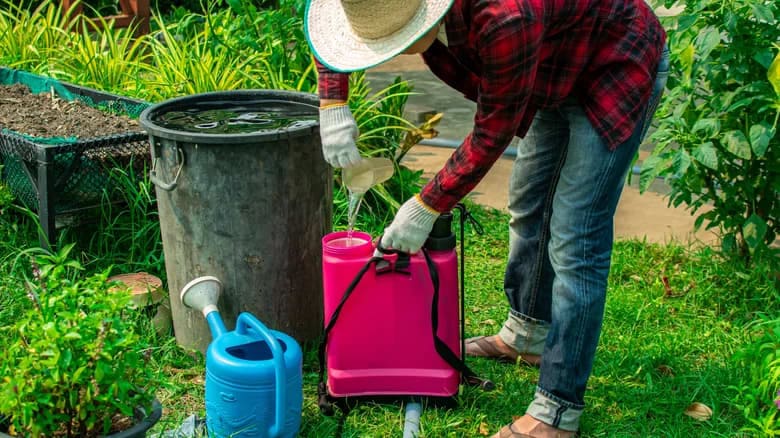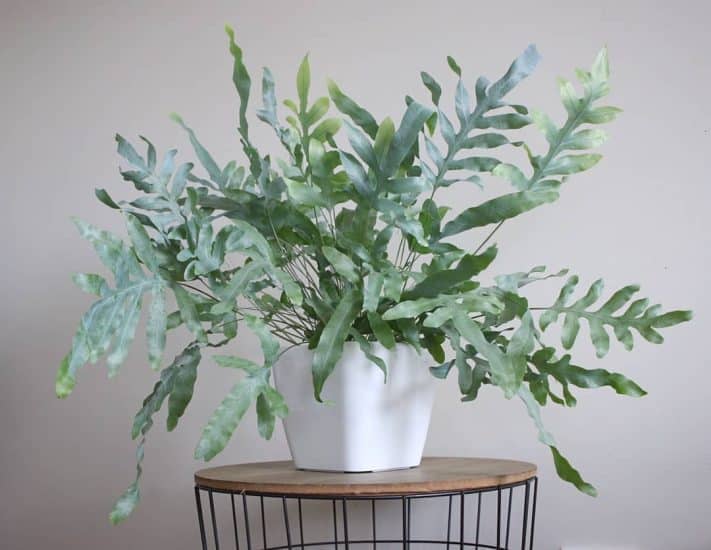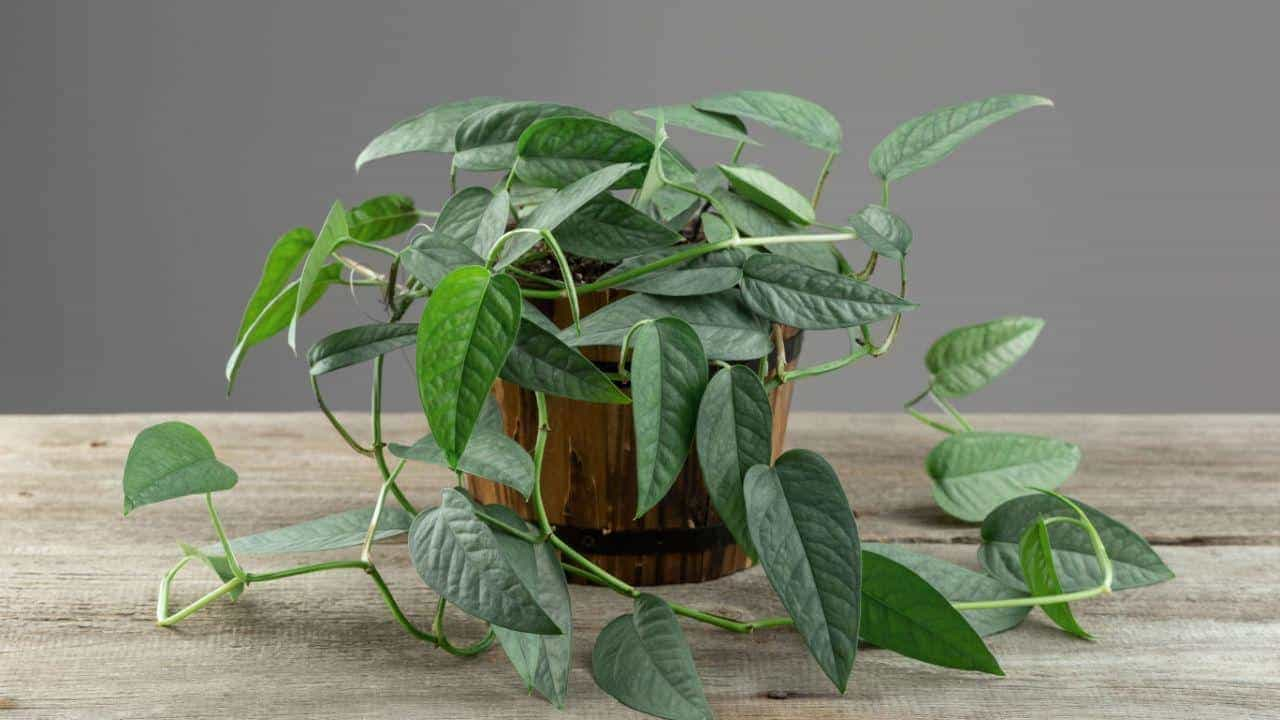Introduction: Mulch plays a vital role in maintaining soil moisture, regulating temperature, and suppressing weeds in gardens and landscaping. While commercial mulch adhesives are available, creating your own mulch glue offers a cost-effective and environmentally friendly alternative. In this comprehensive guide, we’ll walk you through the process of making mulch glue using natural ingredients, empowering you to enhance the health and vitality of your garden while minimizing environmental impact.
- Understanding Mulch Glue and Its Benefits:
- Description: Mulch glue, also known as mulch adhesive or tackifier, is a substance applied to mulch to help it adhere to the soil surface, preventing erosion and displacement.
- Benefits: Mulch glue promotes water retention, reduces runoff, and enhances the effectiveness of mulch in weed suppression and soil insulation.
- Environmental Impact: Homemade mulch glue recipes utilize natural ingredients, minimizing the use of synthetic chemicals and reducing environmental harm.
- Selecting Natural Ingredients:
- Ingredients: To make mulch glue, you’ll need natural substances that possess adhesive properties and are safe for plants and the environment. Common ingredients include:
- Cornstarch or flour: Acts as a binder to hold the mulch together.
- Water: Serves as a solvent to dissolve the binding agent and create a liquid adhesive.
- Sugar or molasses (optional): Enhances the stickiness of the mulch glue and provides nutrients for soil microorganisms.
- Note: Opt for organic ingredients whenever possible to ensure minimal chemical contamination and promote sustainability.
- Ingredients: To make mulch glue, you’ll need natural substances that possess adhesive properties and are safe for plants and the environment. Common ingredients include:
- Homemade Mulch Glue Recipes:
- Basic Recipe:
- Mix 1 cup of cornstarch or flour with 1 gallon of water in a large pot.
- Stir the mixture over medium heat until it thickens to a glue-like consistency.
- Allow the mulch glue to cool before applying it to the mulch.
- Enhanced Recipe (with Sugar or Molasses):
- Follow the basic recipe, then add 1-2 tablespoons of sugar or molasses to the mixture.
- Stir until the sugar or molasses dissolves completely, enhancing the adhesive properties of the mulch glue.
- Note: Adjust the consistency of the mulch glue by adding more water for a thinner consistency or more cornstarch/flour for a thicker consistency.
- Basic Recipe:
- Application Techniques:
- Preparation: Before applying mulch glue, ensure that the soil surface is clean and free of debris.
- Application Methods: There are several techniques for applying mulch glue effectively:
- Spraying: Transfer the mulch glue mixture to a spray bottle or garden sprayer for even distribution over the mulch layer.
- Pouring: Pour the mulch glue directly onto the mulch surface, using a watering can or jug for precise application.
- Brushing: Use a brush or broom to spread the mulch glue evenly across the mulch layer, ensuring thorough coverage.
- Timing: Apply mulch glue during dry weather conditions to allow sufficient drying time and maximize effectiveness.
- Best Practices and Considerations:
- Coverage: Apply mulch glue evenly to ensure uniform adherence and prevent patchy areas.
- Frequency: Reapply mulch glue as needed, especially after heavy rainfall or strong winds that may dislodge the mulch.
- Compatibility: Test the mulch glue mixture on a small area of your garden before widespread application to ensure compatibility with your soil and plants.
- Storage: Store any leftover mulch glue in a sealed container in a cool, dry place for future use, avoiding exposure to moisture or extreme temperatures.
Conclusion: Creating your own mulch glue offers a sustainable and cost-effective solution for enhancing the performance of mulch in your garden while minimizing environmental impact. By using natural ingredients and following simple homemade recipes, you can craft a versatile adhesive that promotes soil health, conserves water, and reduces erosion. Incorporate mulch glue into your gardening routine to enjoy the benefits of healthier plants, improved soil structure, and a more vibrant and sustainable outdoor environment.





